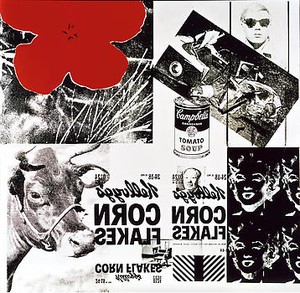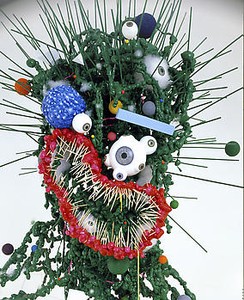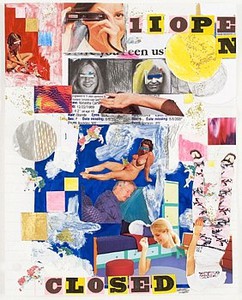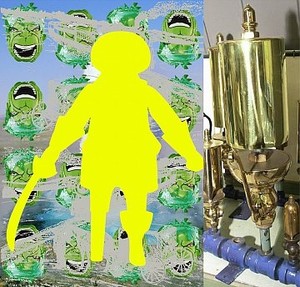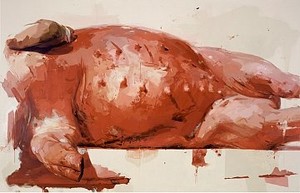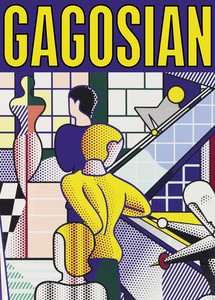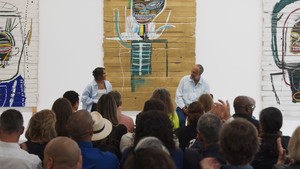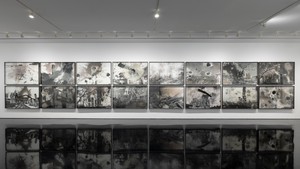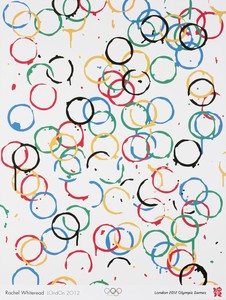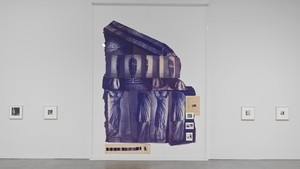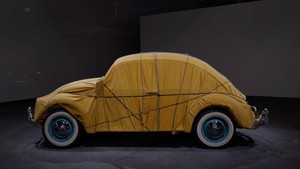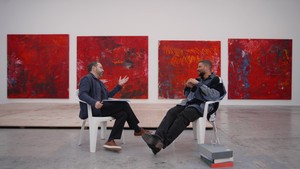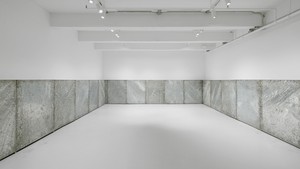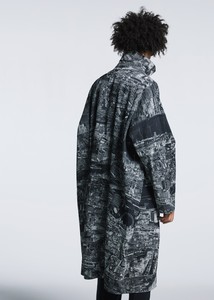Tom Friedman once remarked: 'David Bohm said"…according to today's laws of physics, the bumble should not be able to fly…the shape of its wings, their velocity of operation, and their size, compared to the bumble bee's body, make no sense...it's a miracle, it's comical, and it cannot be denied."…This is why I am an artist'. Friedman is pushing the envelope of what is art, what is reality, and in fact, what is comical and a miracle. He is known for transforming mundane materials into meticulously crafted works of art. His work is easily accessed by anyone, the entrance being a flippant level of humor that takes one into a deeper phenomenological discourse about art and life itself. He can seduce us to these deeper levels, or we can enjoy the artwork for its simple humor and beauty. Upon viewing his work, we are left in wonder. The "suchness", as he is known to say, of the everyday materials, reveal something greater than themselves. Freidman's work is exhibited in major museums throughout the world, including solo shows at the Museum of Modern Art in New York, and the Art Institute in Chicago. In 2000 a career retrospective traveled to the Museum of Contemporary Art, Chicago: the Yerba Buena Centre for the Arts, San Francisco; and the New Museum of Contemporary Art, New York, among other venues. One well known work exhibited throughout Europe is Mary Magdalen, (2003). Friedman haunts us with a statue of a woman constructed out of a black garbage bag. She is small, frail, weighted down, shadow like. She is born by Friedman's careful tearing and shredding of one, large garbage bag. The artist takes us to a somber place, conjuring up women's oppression, biblical references, and modern human abuse of mother earth, garbage weighing her down. Friedman's use of everyday materials as of late has required more us: the gap between the banal and the message is greater. With his piece Up in the Air, debuting at Magasin 3, Friedman has pushed his investigation of the object as far as it can go: to the question of "space itself" he says. Friedman states: "What interests me is my inability to process everything that I am confronted with: the more closely I inspect something, the less clear it becomes…it's as if the object dissolves into itself, becoming ultimately not itself, a kind of negation that enhances its meaning." In his piece at Magasin 3, Up in the Air, Friedman has installed in a large expanse hundreds of handmade, meticulously crafted objects. One is confronted with objects grouped together in clusters of meaning, and at various heights and distances. The observer must carefully navigate through the space. The space between the objects becomes as important, or even more important, than the everyday objects themselves. The space becomes palpable. The space itself becomes an object, much like Duchamp's mile long string piece (1942). Friedman says, "I am both petrified and seduced by the open system, because, ultimately, there can be no open system. It closes in on itself, revealing to us both the categorization of objects and our assumptions about them, and the stretching of meaning that is then possible…like why is there something, and not nothing…"


